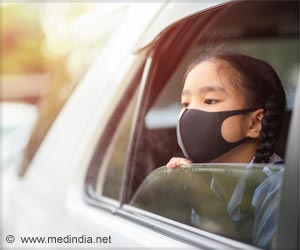In India, the risk of second COVID-19 wave has risen materially, said Nomura in a research note. Over the medium term, progress on vaccinations, stronger global growth are likely to act as growth tailwind

"However, we expect only marginal negative growth effects, because government restrictions are less stringent, the goods sector continues to chug along and households and businesses have adjusted to the new normal," Nomura said.
Over the medium term, progress on vaccinations, stronger global growth and lagged effects of easier financial conditions are likely to act as growth tailwind, it said.
Nomura said that India is potentially entering its second wave of Covid-19. The first wave peaked in the third week of September with daily cases at 92,000, with cases declining to a low of 11,000 in mid-February. However, over the past one month, daily cases have risen to 25,000 per day.
While the initial pick-up was mainly led by Maharashtra, cases have now risen in other states as well, such as Punjab, Gujarat, Madhya Pradesh, Tamil Nadu, Chhattisgarh, Delhi, West Bengal, Haryana, Karnataka, Uttar Pradesh among others, in varying paces, Nomura said.
The trend still appears higher. On a 7-day moving average basis, daily cases are rising at 34 per cent week-on-week (as of March 16), with a faster pace in Maharashtra (46 per cent) and slower but rising in all other states (18 per cent). The positivity rate is gradually inching higher: it rose to close to 3 per cent in mid-March from a low of 1.5 per cent in mid-February, although still lower than in July last year (11-12 per cent).
Advertisement
On the vaccination front, India has so far inoculated 2.3 per cent of its population, presently targeting senior citizens and people aged above 45 with co-morbidities, after frontline workers. The 7-day average inoculation rate is around 1.4 million per day and around 0.6 per cent of population is being inoculated every week.
Advertisement
"In our baseline, we assume that India will vaccinate 30 per cent of the population by end-2021 and attain its vaccine pivot point sometime in Q3. Hence, while rising virus cases are a risk to near-term activity, this should become less of a threat over the coming quarters," Nomura said.
Source-IANS









